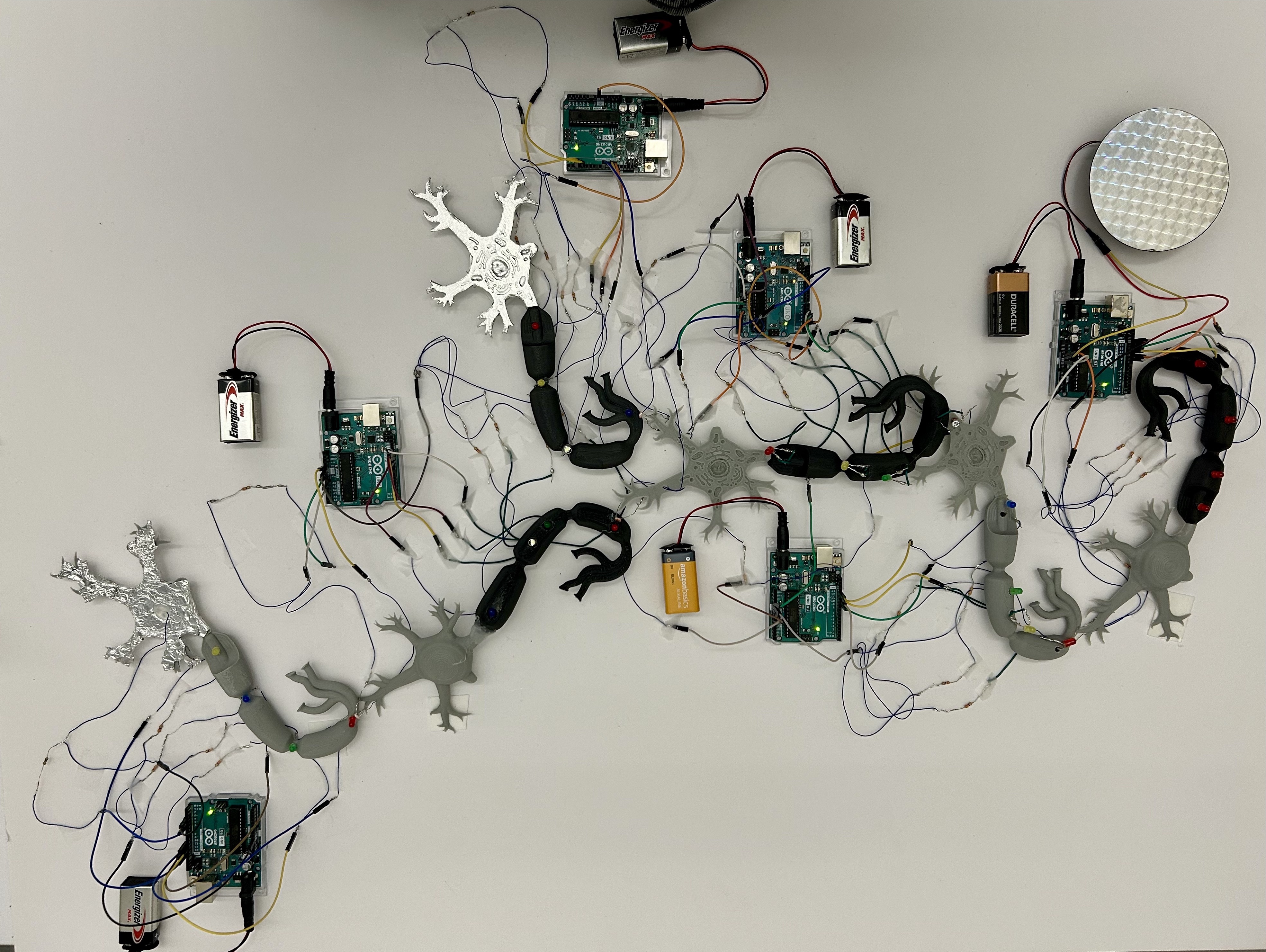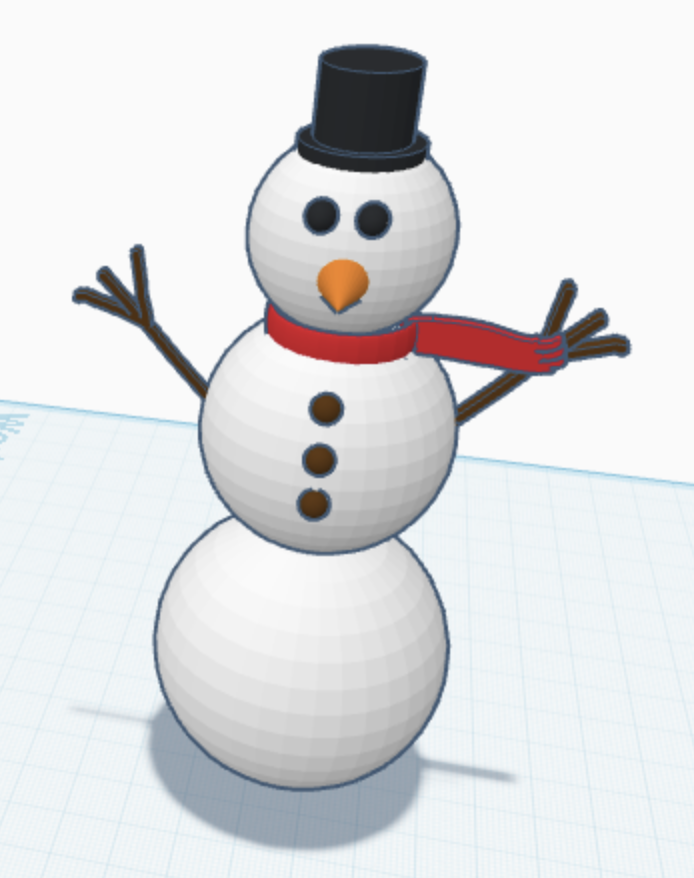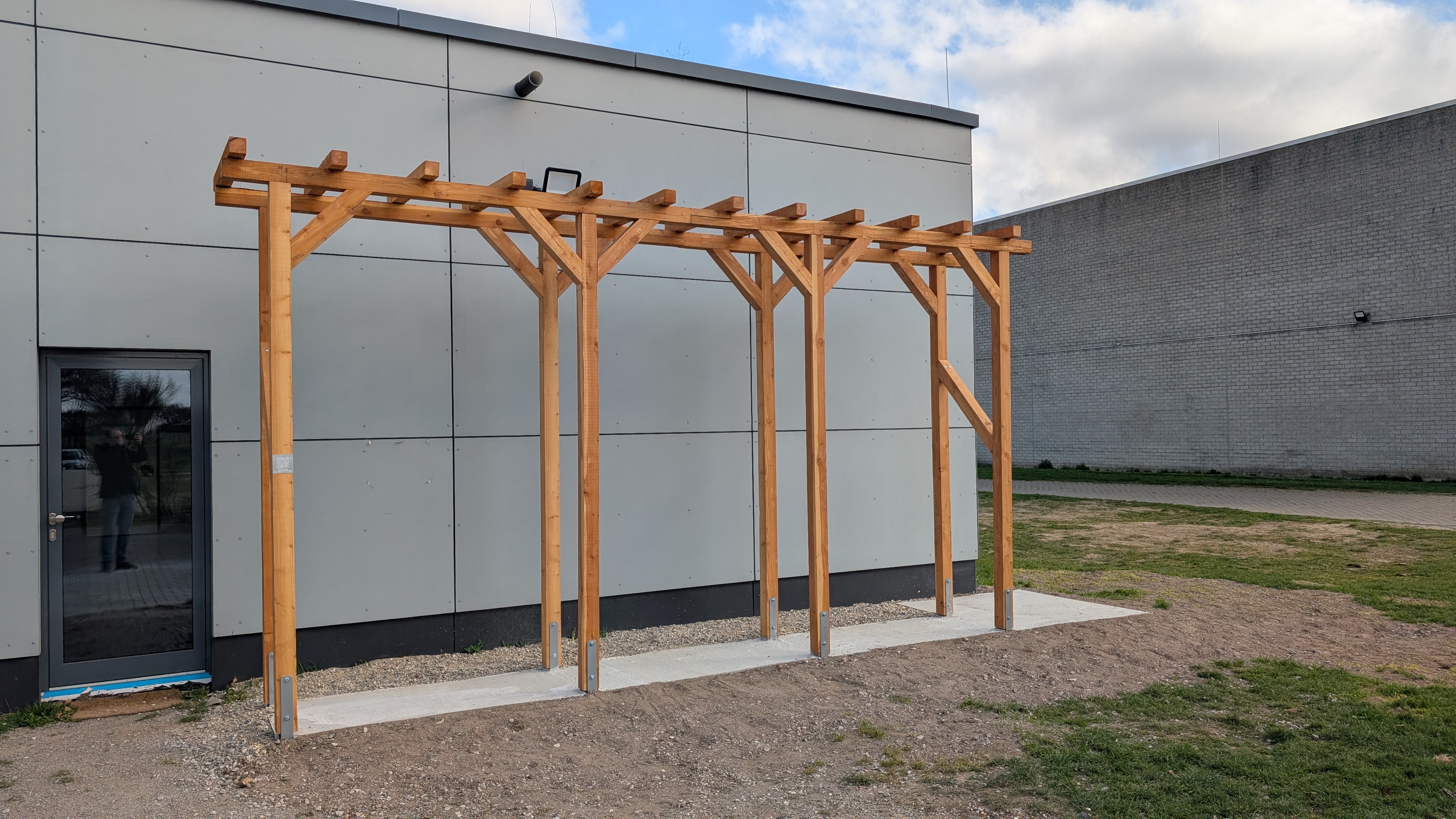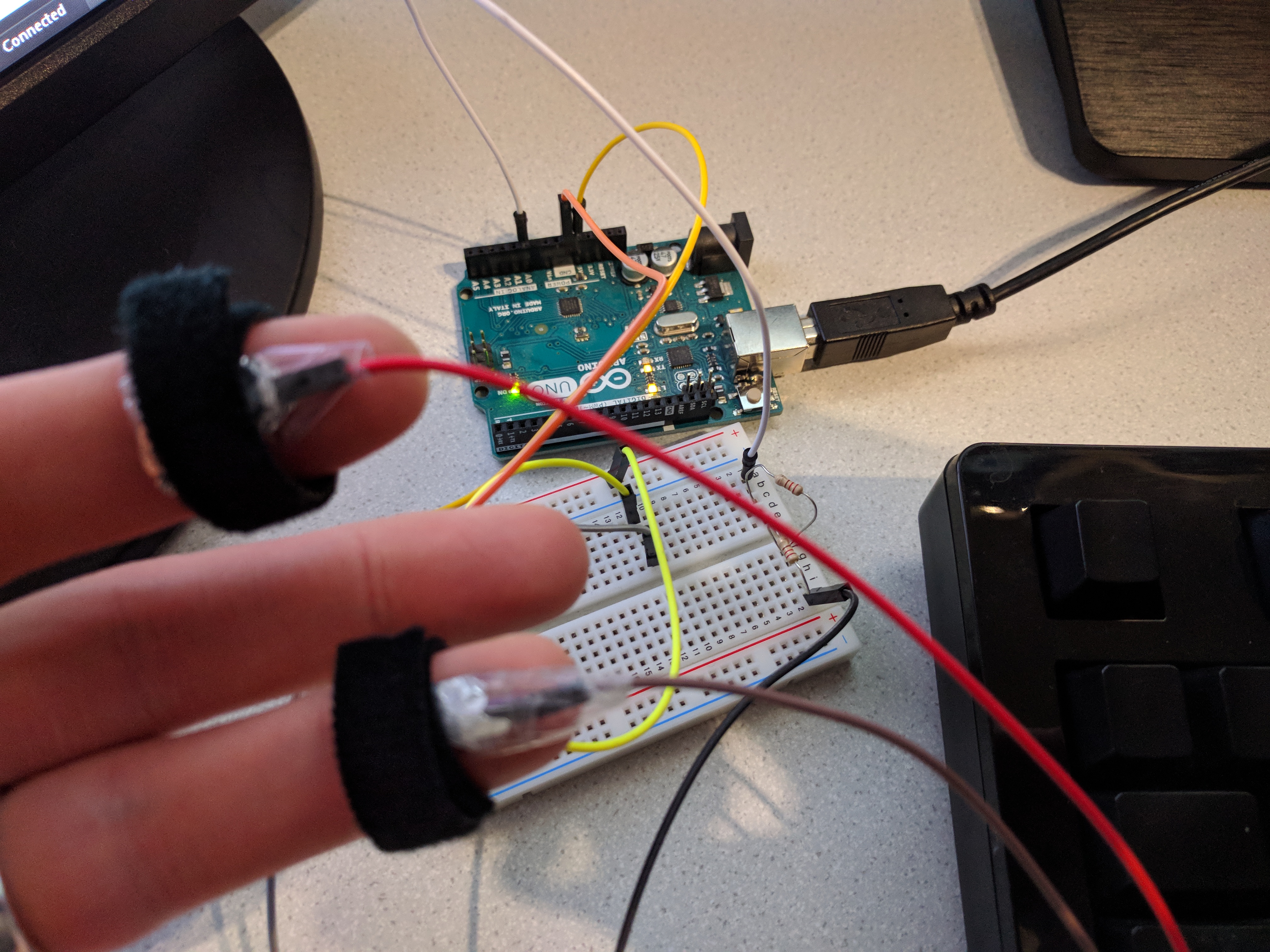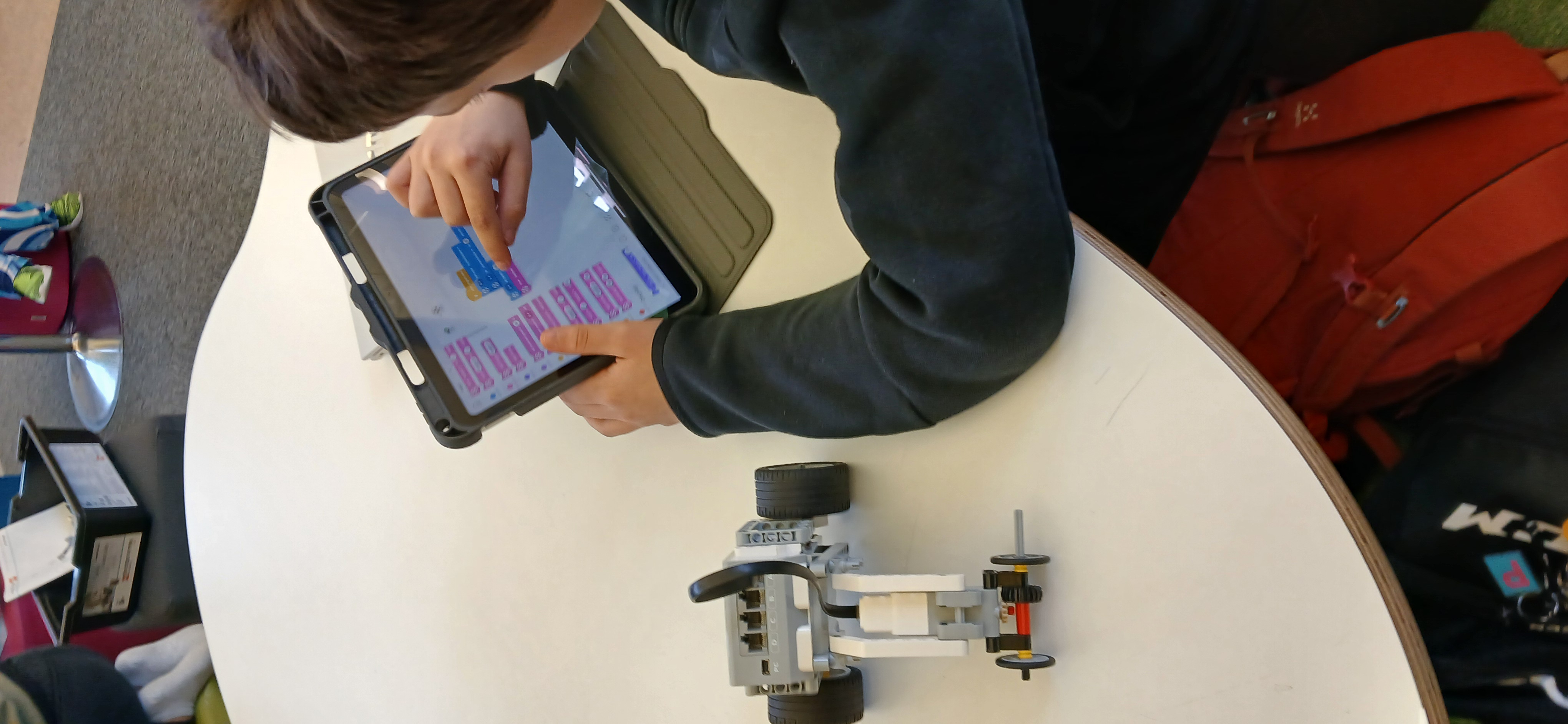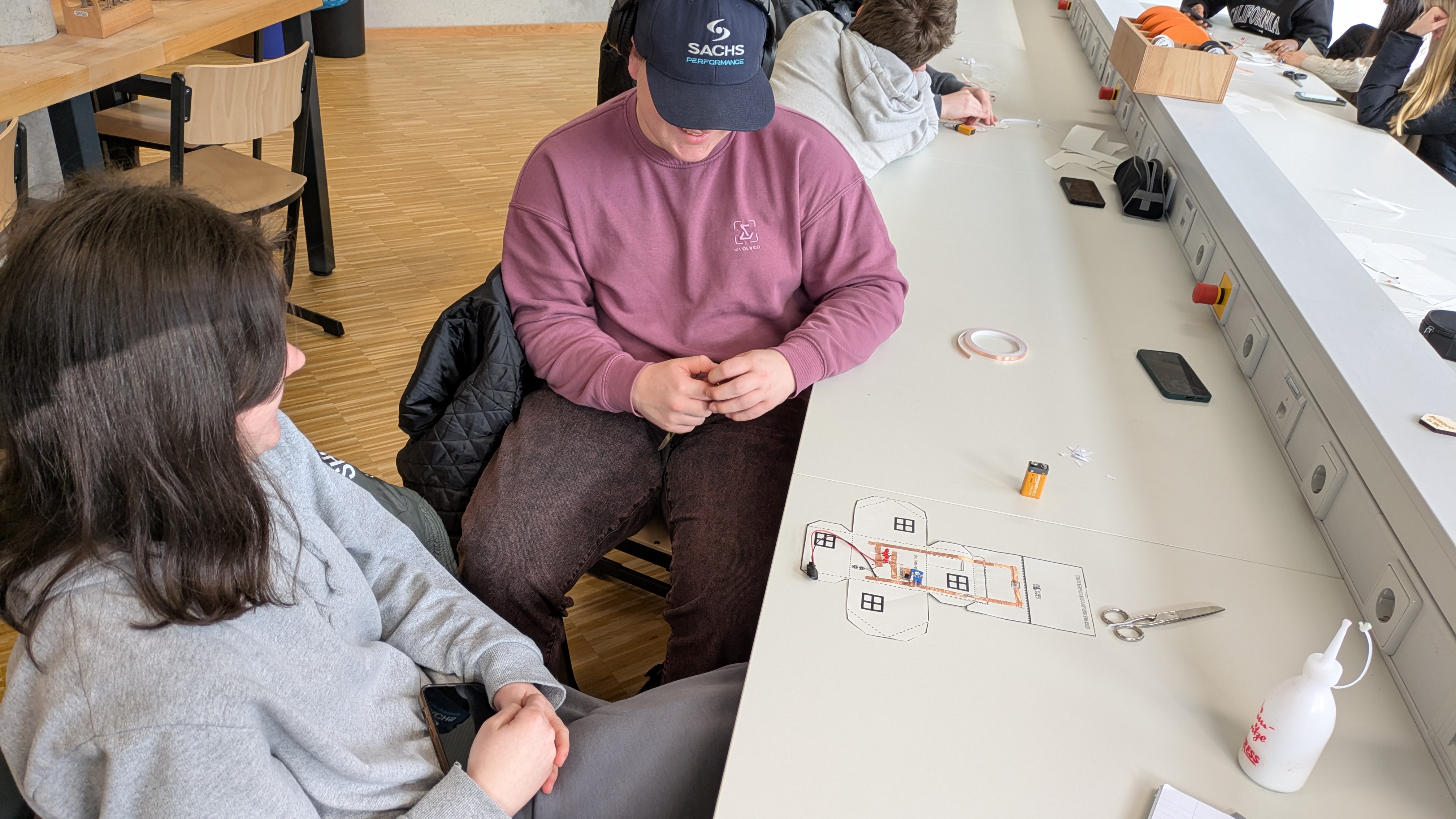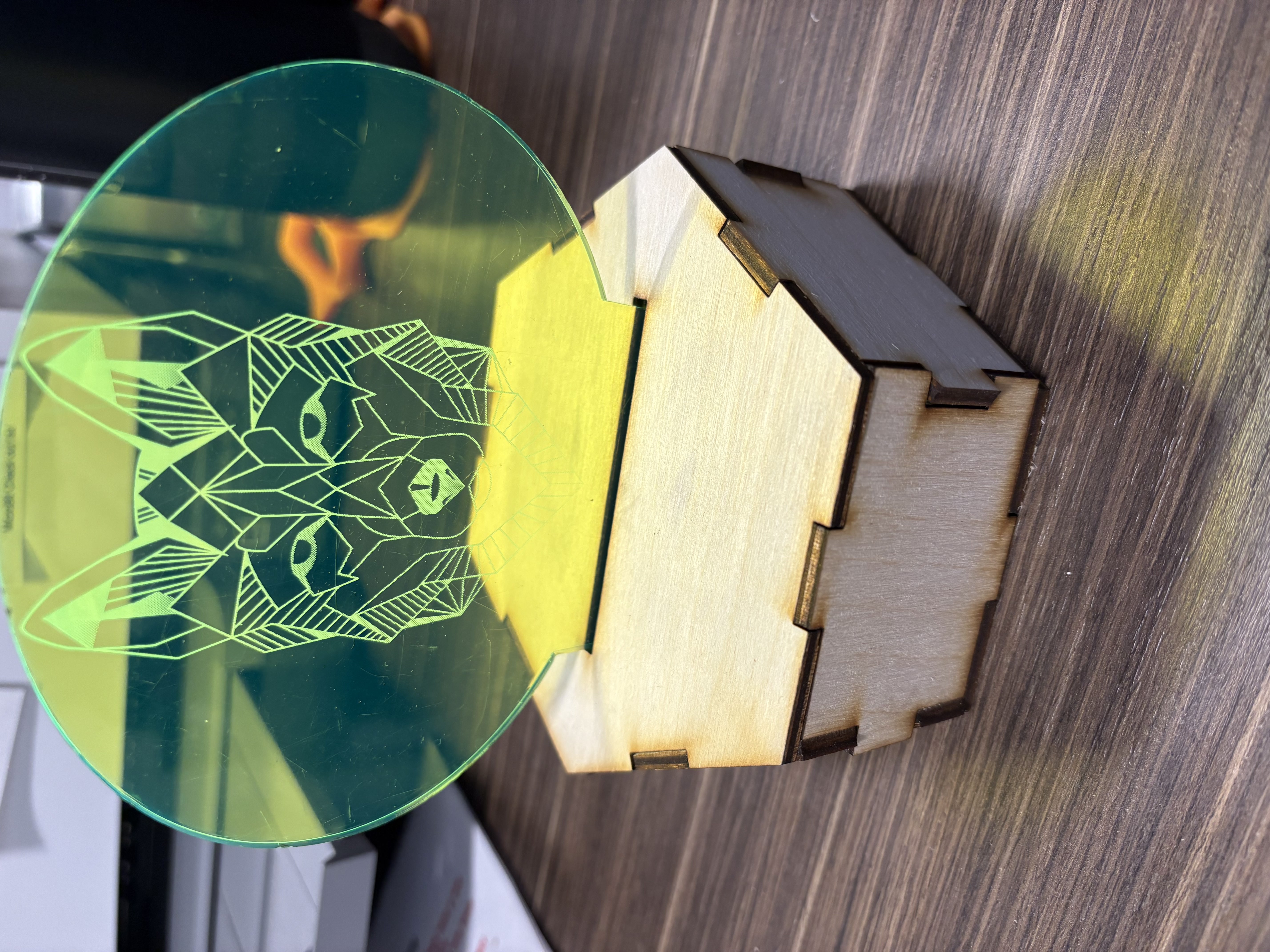Let’s talk kindness! This collection is in honor of Fred Rogers from Mister Rogers Neighborhood. Mister Rogers taught children and adults emotional management, acceptance, tolerance, love and how to deal with the feelings inside that we just can’t put our finger on. He gave his advice to educators and members of the community to take a holistic approach to teaching the whole child and their spectrum of understanding. These lessons focus on expanding the educational topics of digital fabrication to social emotional ones as well.
3D Printed Mister Rogers Neighborhood Trolley
In this lesson students will design a 3D model of Mister Rogers Neighborhood Trolley. We will be looking at how he took a stand against racial inequality in 1969 when…
143 Pittsburgh’s Day of Kindness Vinyl Stickers
This lesson is a guided introduction to Mr. Rogers Day of Kindness. Students will create a vinyl sticker for their laptops, staff will assist in the design and fabrication of…
Mister Rogers Sweater Keychain
In this lesson students will design sweater keychains in honor of Mister Rogers. We will be looking at how his work in helping children develop socio-emotional skills inspired congress to…
about Wonderings from Pittsburgh
Mister Rogers spent his entire adult life teaching his audience racial justice, how to deal with difficult life events, and how to be kind to one another. I believe that it is our obligation as educators to democratize education to its fullest extent. The way I have found to do so is in bringing the life lessons that Mister Rogers taught me into the classroom.
IN THIS COLLECTION
These lessons are directly related to Mister Rogers and his ideological sensibilities on education and emotions. The first is a vinyl sticker that has the symbolic “143” on it. Mister Rogers always kept his weight at 143 pounds because there is one letter in “I”, four letters in “love”, and three letters in “you”. Next is a lesson outlining how to laser cut a keychain out of his beloved sweaters, which were all hand sewn by his mother. In the lesson we take a look at how he accomplished receiving 20 million dollars in funding for PBS just by discussing the emotional learning he did on his show with congress. And finally, a lesson to 3D print the famous trolley from his show taking the viewers into the “land of make-believe” while discussing the stand he took against racial injustice in the late 1960s.
Sensory Circuit Simulation
In this project, students will design and build an electronic circuit that mimics the touch sensory system, exploring how neurons communicate through electrical and chemical signaling. Using 3D-printed neuron models,…
April 10, 2025Winter 3D snowman
This is a primary lesson that helps students get familiar with Tinkercad for 3D design during the winter season.
April 8, 2025Clay Bells + Electronics
Student will learn to design and construct clay bells that are enhanced with electronics
April 3, 2025Scratch Coding + Advertising Technique Analysis
In this lesson, 4th-grade students will integrate their Scratch coding skills with media literacy concepts. Students will analyze a print advertisement by identifying persuasive techniques and create an interactive Scratch…
April 1, 2025Pulse Monitoring with RGB LED and Microcontroller
In this lesson, students will explore the relationship between heart rate, physical activity, and emotions using a pulse sensor and an RGB LED. By integrating biology, physics, and programming, students…
March 31, 2025Sustainable Solutions: Building a Smart Greenwall for Urban Environments
The “Sustainable Solutions: Building a Smart Greenwall for Urban Environments” project integrates renewable energy and urban greening to enhance sustainability education. Students will collaborate across disciplines to design and construct…
March 31, 2025Growing plants with the help of technology
Working together with the Science area, students will build a model of a greenhouse and include in the model automation systems to handle some of the tasks associated with it.…
March 31, 2025Finch Olympics
In this lesson, students use robots to explore physics, coding, and engineering. They calculate kinetic energy by measuring their robot’s speed and mass while completing a maze. Then, they program…
March 30, 2025Structure and Function of a WiFi Lamp
This series of lessons focuses on developing a battery-operated Wi-Fi lamp. The focus is on developing the program mode, particularly controlling an LED strip, and the basics of HTML programming.
March 29, 2025Lie Detector
For their skills class, students have been learning that in the real world, you often need to connect multiple disciplines to solve problems, which culminates in a CSI unit trying…
March 28, 2025VIsualizing music
This lesson connects music, visual arts, art history, physics, and programming, During the lesson students will be encouraged active listening and creative expression through abstraction and light painting. Students will…
March 28, 2025Robotics Race – Measuring Distance, Conversion and Coding
Students will demonstrate an understanding of measuring distance (using and converting EU and/or US measurement systems) while also writing a code that will effectively move their robot. This lesson…
March 23, 2025Learning the IPO principle through a house automation model
This lesson is based on Studio 5’s “Eco House” model. Available at: https://www.scopesdf.org/scopesdf_lesson/eco-house/ Students learn about the IPO principle and how some new electronic components work. Using this knowledge,…
February 16, 2025SEQUENCE using Scratch
Sequencing In the early years students must develop sequencing skills. These skills help young learners to logically structure language and writing. It’s essential to effective oral and written communication. …
February 16, 2025Light it Up
Design Challenge: Design and build a lamp/light with non-addressable LEDs and an on/off switch. Constraints: Design and laser cut the body of the lamp Use a non-addressable LED light strip,…
February 12, 2025STANDARDS-ALIGNED
Community contributed lessons aligned with Common Core State Standards (CCSS) and Next Generation Science Standards (NGSS) offer formal educators innovative pathways to teaching content knowledge. The Fab I Can Statements are a resource to develop technology-literate learning progressions to align with content standards.
FAB TESTED
Periodically lessons are adapted and tested by the Fab Foundation team based on a call for submissions from fabbers, educators, and makers. Our inaugural set of lessons for the SCOPES-DF project were Fab Tested in 2016 and are tagged Fab Tested on the website.
OPEN-SOURCE VALUES
Lessons are distributed under a Creative Commons CC BY-NC license, that permits free use and re-purposing by others.




